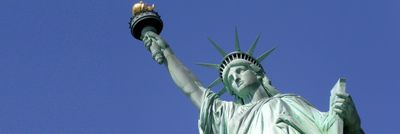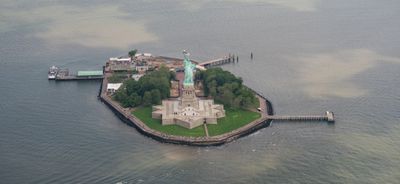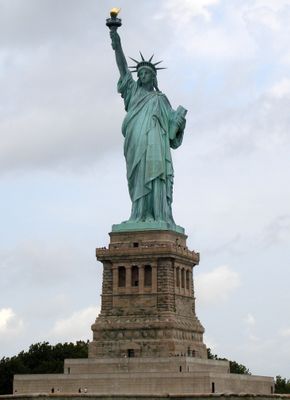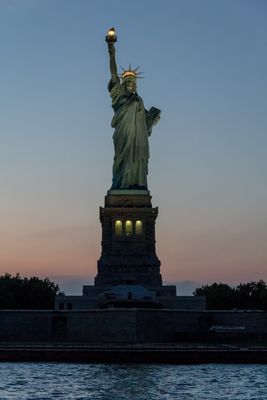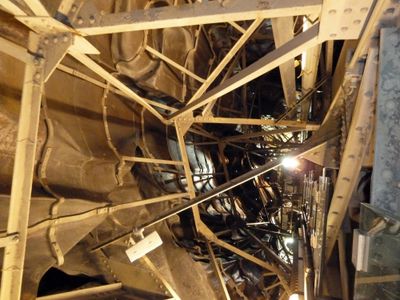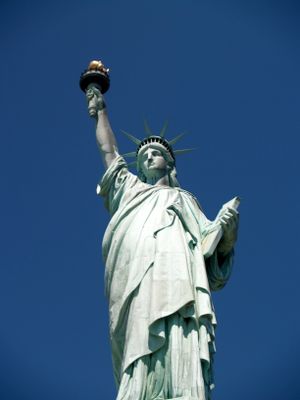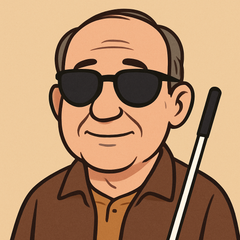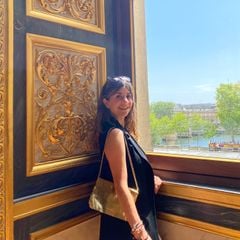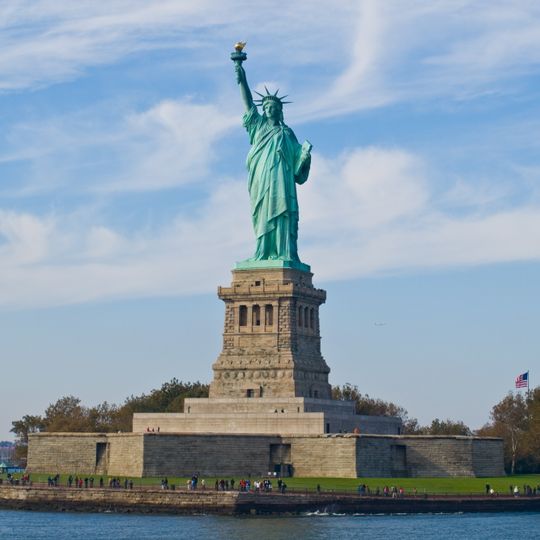
Statue of Liberty
Statue of Liberty, National monument on Liberty Island, New York Harbor, United States.
The Statue of Liberty is a 46-meter (151-foot) copper and steel figure on Liberty Island in New York Harbor, depicting a robed woman raising a torch in her right hand while holding a tablet inscribed July 4, 1776 in her left. Her crown has seven points representing continents and oceans, while broken chains at the base symbolize liberation from oppression.
French sculptor Frédéric Auguste Bartholdi designed the figure in the late 19th century as a gift marking the centennial of American independence. The 350 individual pieces were shipped from France and assembled in 1886 on Bedloe's Island, with Gustave Eiffel engineering the supporting iron framework for the copper sheets.
For many visitors from around the world, the figure today symbolizes personal freedom, and they come to connect with American immigration stories. People often leave flowers or small mementos at the base, and naturalization ceremonies take place regularly on the island to mark the start of new lives.
Access to the island requires taking a ferry from Battery Park in Manhattan or Liberty State Park in New Jersey. If you wish to climb to the crown, book tickets online well in advance and prepare for a 377-step ascent, while the museum in the base offers information on construction and design and audio guides are available in multiple languages.
The copper skin is only as thick as two pennies stacked together and changed color over roughly three decades through natural oxidation from brown to green. This green patina now protects the underlying metal from further corrosion and has become the defining feature of the figure.
Location: New York City
Inception: 1886
Architects: Eugène Viollet-le-Duc
Creator: Auguste Bartholdi
Architectural style: Neoclassical architecture
Height: 47 m
Accessibility: Wheelchair limited access
Fee: No
Inscription: Give me your tired, your poor, Your huddled masses yearning to breathe free, The wretched refuse of your teeming shore. Send these, the homeless, tempest-tost, to me, I lift my lamp beside the golden door !
Made from material: copper, steel, concrete, granite, gold leaf
Creator: Auguste Bartholdi
Part of: Statue of Liberty National Monument
Address: New York, NY 10004, USA
Opening Hours: Monday-Sunday 09:00-16:30
Phone: +12123633200
Website: http://nps.gov/stli
GPS coordinates: 40.68921,-74.04443
Latest update: December 2, 2025 21:23
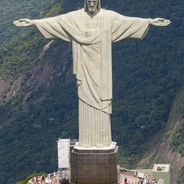
Monumental religious statues stand at dozens of sites worldwide, demonstrating the scale of spiritual devotion across different faiths. From the 98-foot (30-meter) Christ the Redeemer in Rio de Janeiro to the 420-foot (128-meter) Spring Temple Buddha in Henan Province, China, these structures in stone, concrete and bronze represent diverse religious traditions. Large Buddha statues appear throughout China, Japan, Thailand and Myanmar, while Hindu deities including Shiva and Murugan stand at similar scales in India and Malaysia. The collection also features monuments from other spiritual contexts, including the moai of Easter Island, the Statue of Liberty in New York and the Great Sphinx at Giza in Egypt. Each site offers visitors insight into local religious practices and architectural approaches to depicting sacred figures. These locations draw millions of pilgrims and travelers annually who come to witness both the technical achievement and cultural importance of these monumental works.
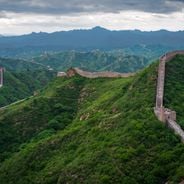
In 2007, the New Seven Wonders Foundation, led by Swiss businessman Bernard Weber in cooperation with the marketing company Deureka, organized a global vote, the results of which were announced on July 7 in Lisbon. This project, which was especially successful in India and China, enabled the designation of seven monuments representing different civilizations and eras, from antiquity to the 20th century. UNESCO stated in a release that it was not involved in this event, contrary to what many voters believed. The final selection includes sites across all continents: the Great Wall of China, a fortification system built over several centuries; Petra in Jordan, a Nabataean city from the 4th century BC carved into rose-colored rock; the Colosseum in Rome, a 1st-century amphitheater capable of holding 50,000 spectators; Chichen Itza in Mexico, a Maya site demonstrating the astronomical knowledge of this civilization; Machu Picchu in Peru, an Inca city from the 15th century located at 2,430 meters above sea level; the Taj Mahal in India, a white marble mausoleum built between 1631 and 1643; and the Christ Rédempteur statue in Rio de Janeiro, a 38-meter-tall monument inaugurated in 1931. The Khufu pyramid, the only remaining ancient wonder still standing, was removed from the voting list and designated an honorary wonder. The 21 candidate sites were selected by a commission of architects from five continents, chaired by Federico Mayor, former UNESCO Director-General. The criteria included aesthetics, architectural achievement, and historical significance. Each monument had to be constructed by humans, completed before 2000, and in acceptable preservation condition. This collection lists all monuments and allows users to view their locations and photos via individual records.

Ellis Island
1.2 km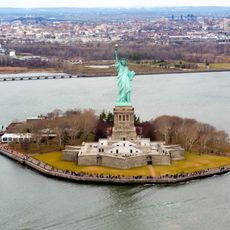
Liberty Island
101 m
Governors Island
2.1 km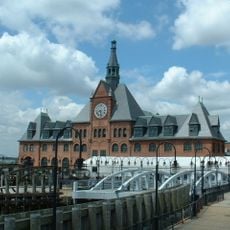
Liberty State Park
1.8 km
30 Hudson Street
2.8 km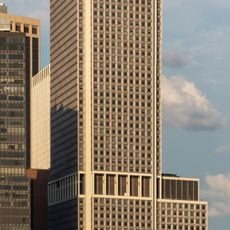
1 New York Plaza
3.1 km
Ellis Island Hospital
1.2 km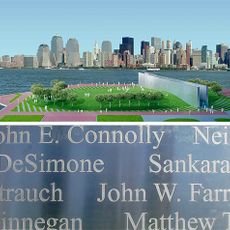
Empty Sky
2.3 km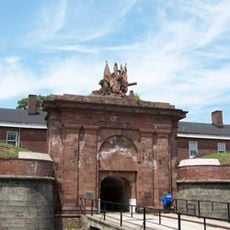
Fort Jay
2.4 km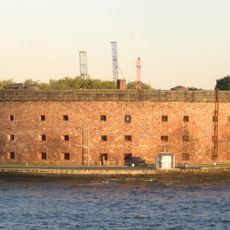
Castle Williams
2.2 km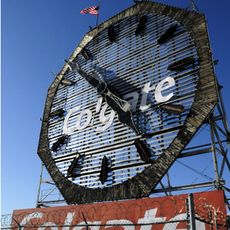
Colgate Clock
2.7 km
Statue of Liberty Museum
177 m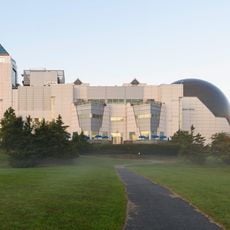
Liberty Science Center
2.3 km
Ellis Island National Museum of Immigration
1.2 km
Liberation
1 km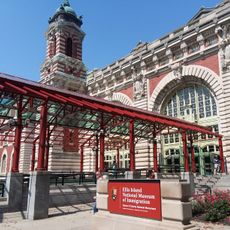
American Museum of Immigration
26 m
Liggett Hall
2.2 km
Governor's House
2.6 km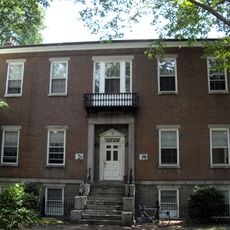
The Block House
2.6 km
Maritime response following September 11 attacks
2.3 km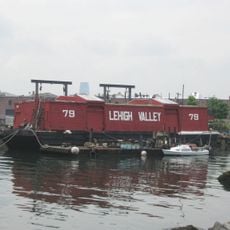
Lehigh Valley Railroad Barge No. 79
2.6 km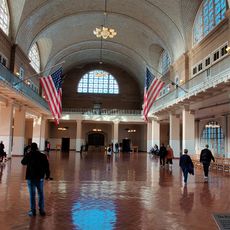
Ellis Island Immigrant Building
1.2 km
East Coast Memorial
2.8 km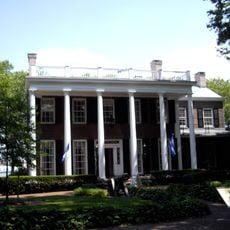
Admiral's House
2.6 km
Morris Canal Peninsula Park
2.5 km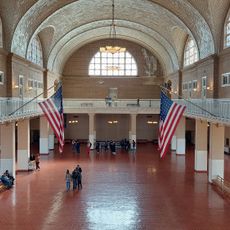
Ellis Island Hospital
956 m
Liberty View Towers
2.8 km
The Interpretive Center
1.3 kmReviews
Real people, real opinions — but not verified.
Visited this place? Tap the stars to rate it and share your experience / photos with the community! Try now! You can cancel it anytime.
Hello 🌿 How are you? I am a Muslim from Egypt. See please🌹 Islam is the religion of all prophets. The word Islam means complete submission and obedience to God, a single God who has no partners nor sons. Islam is based on principles of justice, peace, tolerance, mercy towards all our brothers in humanity. In Islam, we have a *direct connection* with our Creator. No mediators in between. There is no intermediary, such as praying to, or through, others, in worshipping God. And this is what makes Islam so special and unique. And *true happiness* is only found in *worshipping our Creator* as it is the right of the Creator to be worshipped alone and the right of humans to have a direct connection with His Creator. The last revelation (Qur'an) from Allah (God) https://quranenc.com/ar/browse/english_saheeh
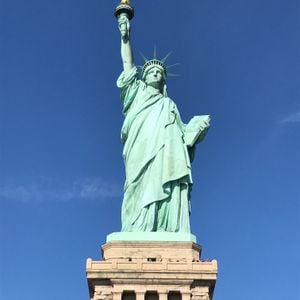
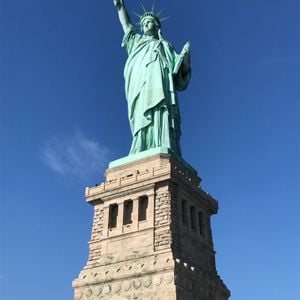
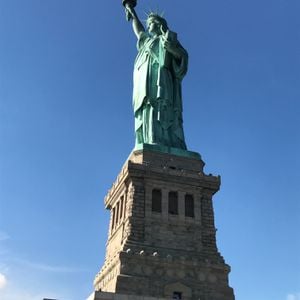

Discover hidden gems everywhere you go!
From secret cafés to breathtaking viewpoints, skip the crowded tourist spots and find places that match your style. Our app makes it easy with voice search, smart filtering, route optimization, and insider tips from travelers worldwide. Download now for the complete mobile experience.

A unique approach to discovering new places❞
— Le Figaro
All the places worth exploring❞
— France Info
A tailor-made excursion in just a few clicks❞
— 20 Minutes
